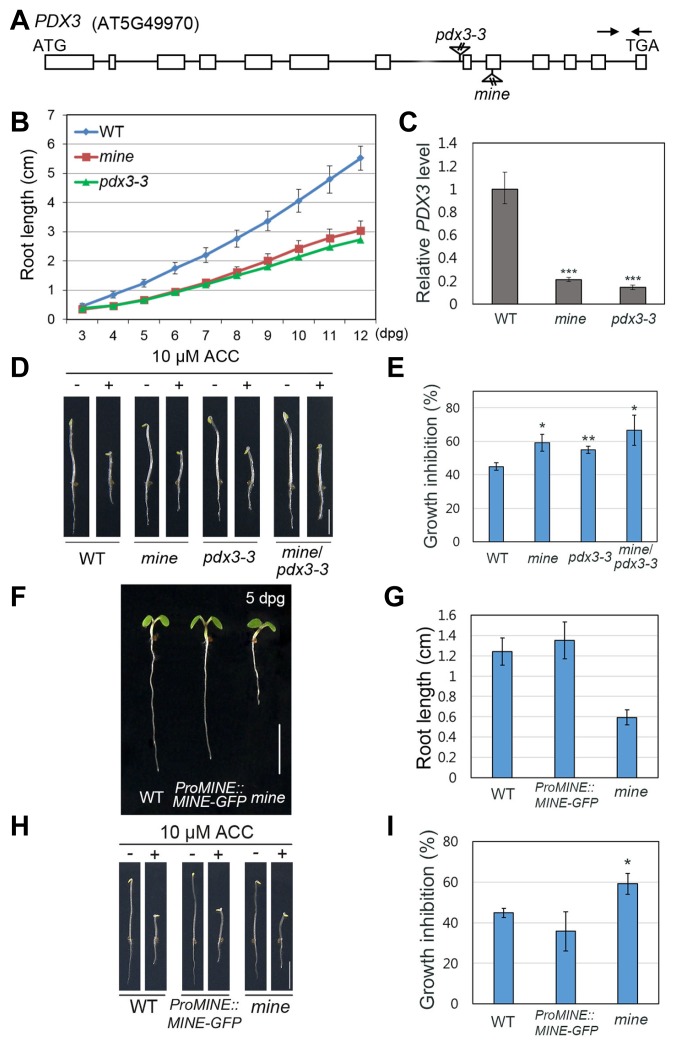Fig. 6. The MINE gene encodes the PNP/PMP oxidase, PDX3.
(A) The MINE locus (AT5G49970) with locations of T-DNA insertion. The boxes depict the coding regions, whereas the lines represent the noncoding regions. The triangles indicate T-DNA insertions in mine isolated from our activation-tagging population and in pdx3-3 identified from the SALK T-DNA database. The arrows show the location of PCR primers used for RT-qPCR. (B) Growth assay of WT, mine, and pdx3-3 roots under normal growth conditions. (C) Expression levels of PDX3 in WT, mine, and pdx3-3 roots. (D, E) Allelism test of mine and pdx3-3 in the absence or presence of 10 μM ACC treatment. From left to right, WT, mine, pdx3-3, and F1 progeny (mine/pdx3-3 ) of crosses between mine and pdx3-3. The F1 progeny show insensitivity to root growth inhibition under ACC treatment. (F, G) Molecular complementation of mine. Under normal growth conditions, the reduced root growth phenotype of mine is rescued by the MINE transgene (ProMINE::MINE-GFP ). (H, I) Root responses of mine are restored to WT levels by the MINE transgene (ProMINE::MINE-GFP ) in the presence of 10 μM ACC. Error bars indicate ±SD from three biological replicates. Statistically significant differences were determined by Student’s t-test (*P < 0.05, **P < 0.01, and ***P < 0.001). Scale bars = 0.5 cm in D, F, H.

